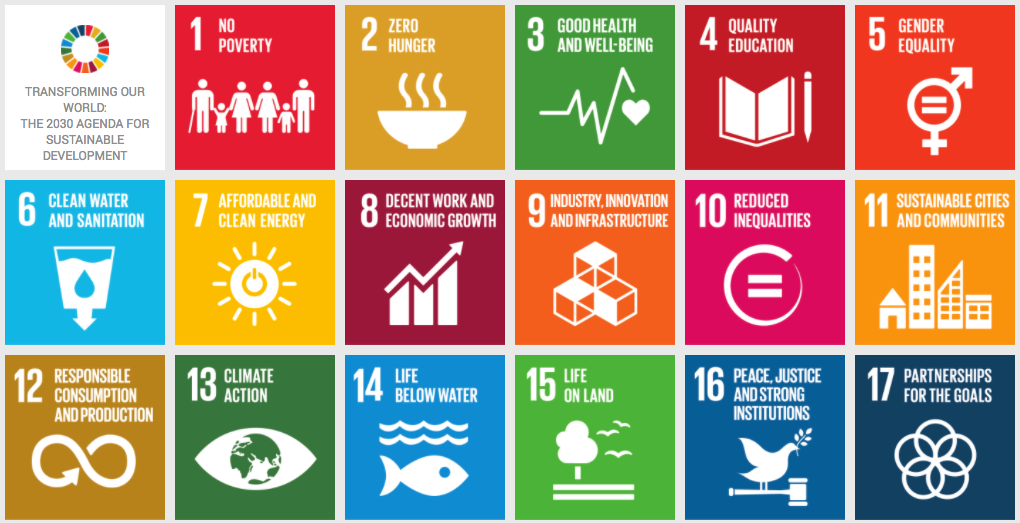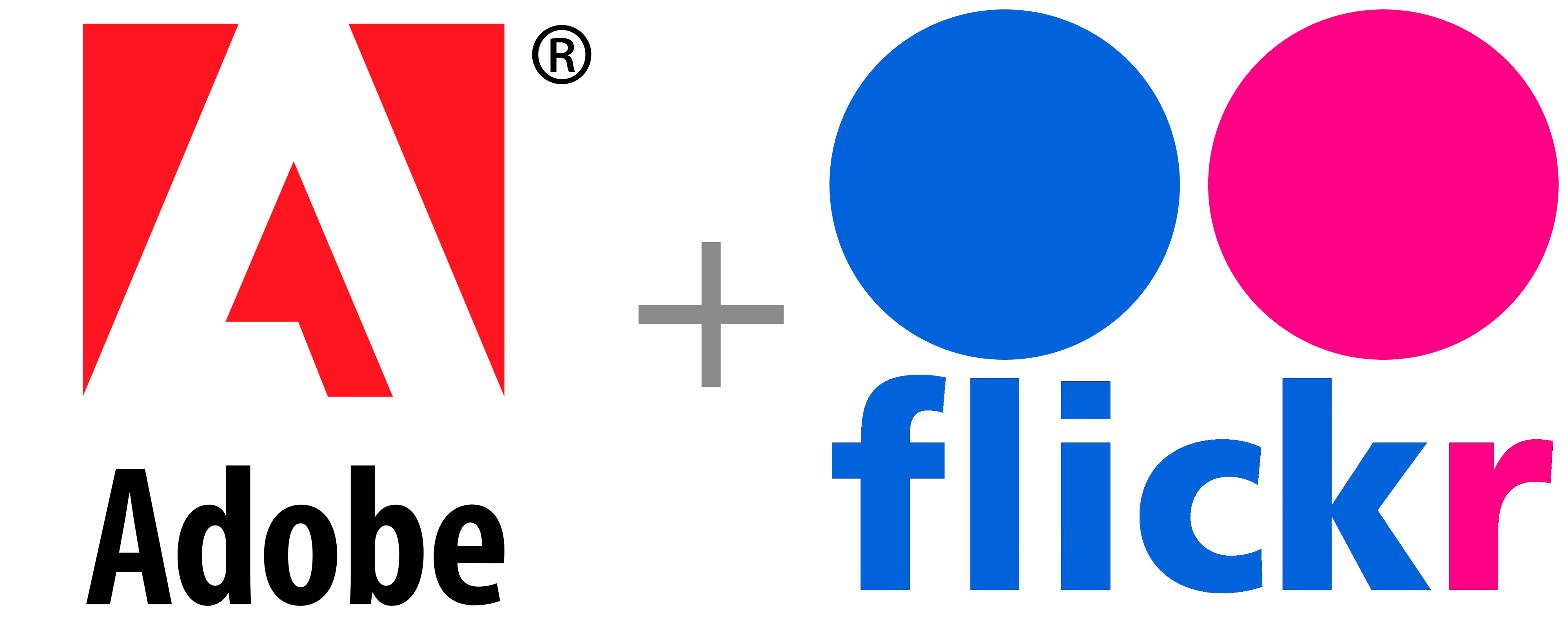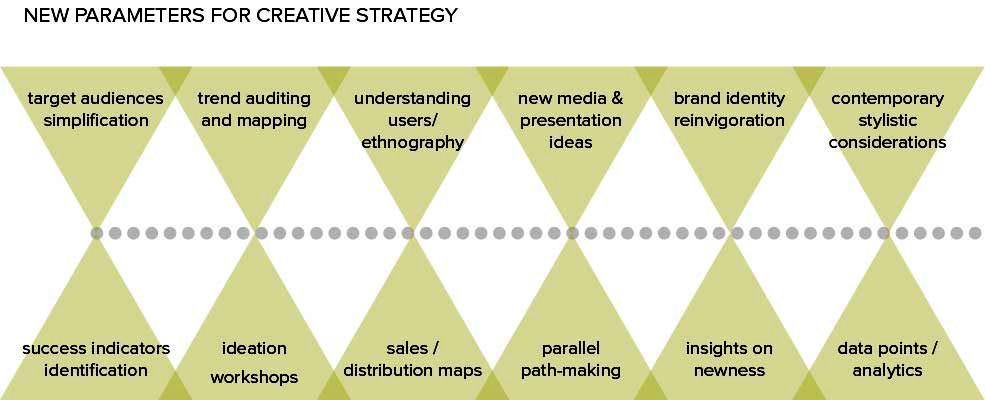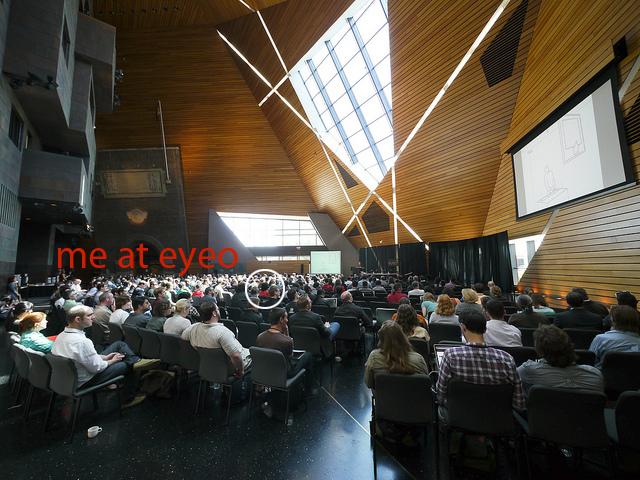
The classic recipe for creative work is:
creative brief + talent = creative work
This is an old school formula. It puts the all of the planning and intention setting in a stage separate from the creative talent it seeks to inspire. A tightly written brief asks for execution, not ideation. It directs the creative process instead of immersing the project in a process. It works wonderfully for getting large amounts of projects completed but doesn’t necessarily leave deep opportunities for real creative thinking. The challenge for large organizations that work in this method is to find ways to interweave creative thinking with planning so that they don’t always end up with the same solution over and over again. Read More






